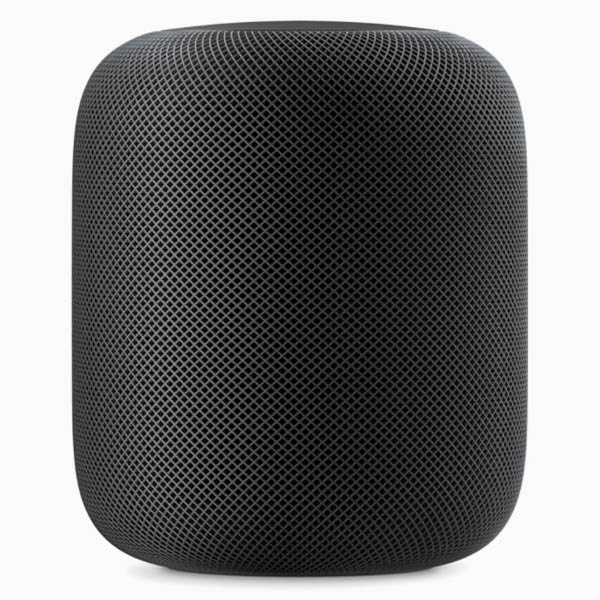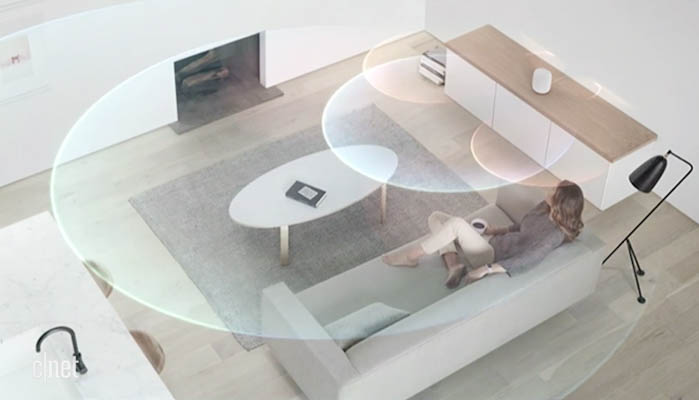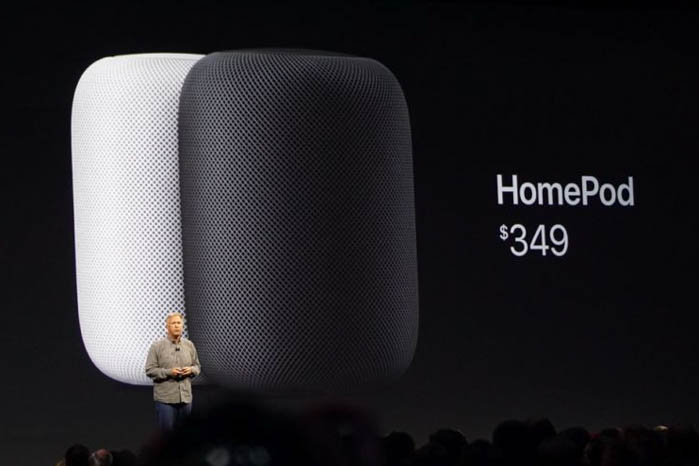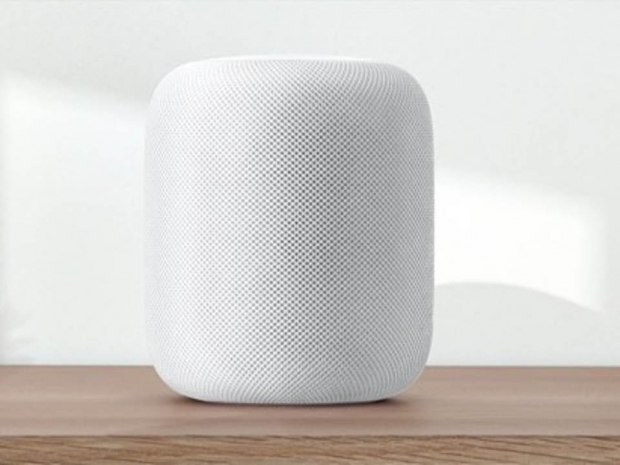On Monday during the company’s annual Worldwide Developers Conference, VP of Worldwide Marketing Phil Schiller took the stage and introduced the device as the Apple HomePod. On the surface, the name sounds almost nothing like a high-fidelity music device, but under the hood the unit features a number of multitasking commands all natively powered by Siri’s voice control algorithms.

Based on reports from the WWDC show floor, the HomePod’s audio output has been described as “full, wide, and heavily sculpted,” with “amazingly loud for such a small speaker”. The company has tuned its speaker profile to provide deep thumping bass, bright vocals, and an absence of any flats or distortions. We are guessing that Apple has tuned into the expertise it gained from its acquisition of Beats back in May 2014, which was intended to raise its competitive outlook in the music streaming business. This time around, it has developed a smart hub speaker that will not only raise the stakes in the voice assistant market, but seems to perform in the upper tier category for an audio product.
“It’ll sound right to lots of people,” says Wired’s David Pierce.
As it stands, Microsoft is the only company in the voice assistant market that has placed an emphasis on balanced, richer sound with the Invoke, manufactured by Harmon Kardon. That device is likely to include a propriatory DSP audio technology that delivers a similar 360 degrees of room filling sound, complete with echo and noise cancellation features.
Spatial awareness, Apple Music integration, daisy-chaining support
The HomePod measures under seven inches tall and features a large, Apple-designed woofer, a custom array of seven beamforming tweeters. Just as Amazon supports daisy-chaining multiple Echo devices together in multiple rooms, Apple will let users wirelessly connect multiple HomePods together to create a whole home surround system, only using Siri instead of Alexa. Each HomePod uses spatial awareness to sense its location in a room and automatically adjust the audio levels, providing more directional control that doesn’t require repositioning several times to hear every tonal pitch from an originally mastered audio track.

Image credit: CNET
The speaker, it's claimed, is compatible with the entire Apple Music library and will be able to answer advanced Siri questions, including the ability to look up drummers and pianists. Of course, the device’s Echo-like features will allow users to send text messages, access sports and weather, and close the curtains without any music interruptions.
HomeKit compatibility
The HomePod is compatible with Apple’s smart home platform HomeKit, which lets users operate their thermostats, dim the lights, set sprinkler timers, and perform routine appliance switching functions. To make this possible, however, all connected HomeKit devices will need to have a special MFi (Made for iDevices) chip installed for machine-to-machine security. This is Apple’s way of not only getting partners to stump up royalty fees, but ensuring that any home automation products can’t be tampered with from the neighbor’s smart hub device a few blocks down the street.
Available for $349 this December

Apple’s HomePod will not come cheap, with a price of $349 (£270 / AU$465) when it releases it later in December in the US, UK and Australia. By contrast, Amazon’s Echo has been selling at $180 since its introduction in 2014, while Google’s Home sells for $130. Sources suggest the Harmon Kardon Invoke will likely debut at or below $200 to stay competitive with Google and Amazon. Now that Apple has made its announcement, however, Microsoft may change its price structure, depending on how it views the HomePod in relation to its own premium audio offering.




